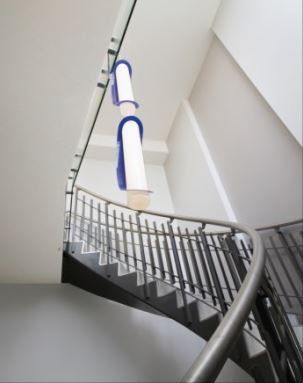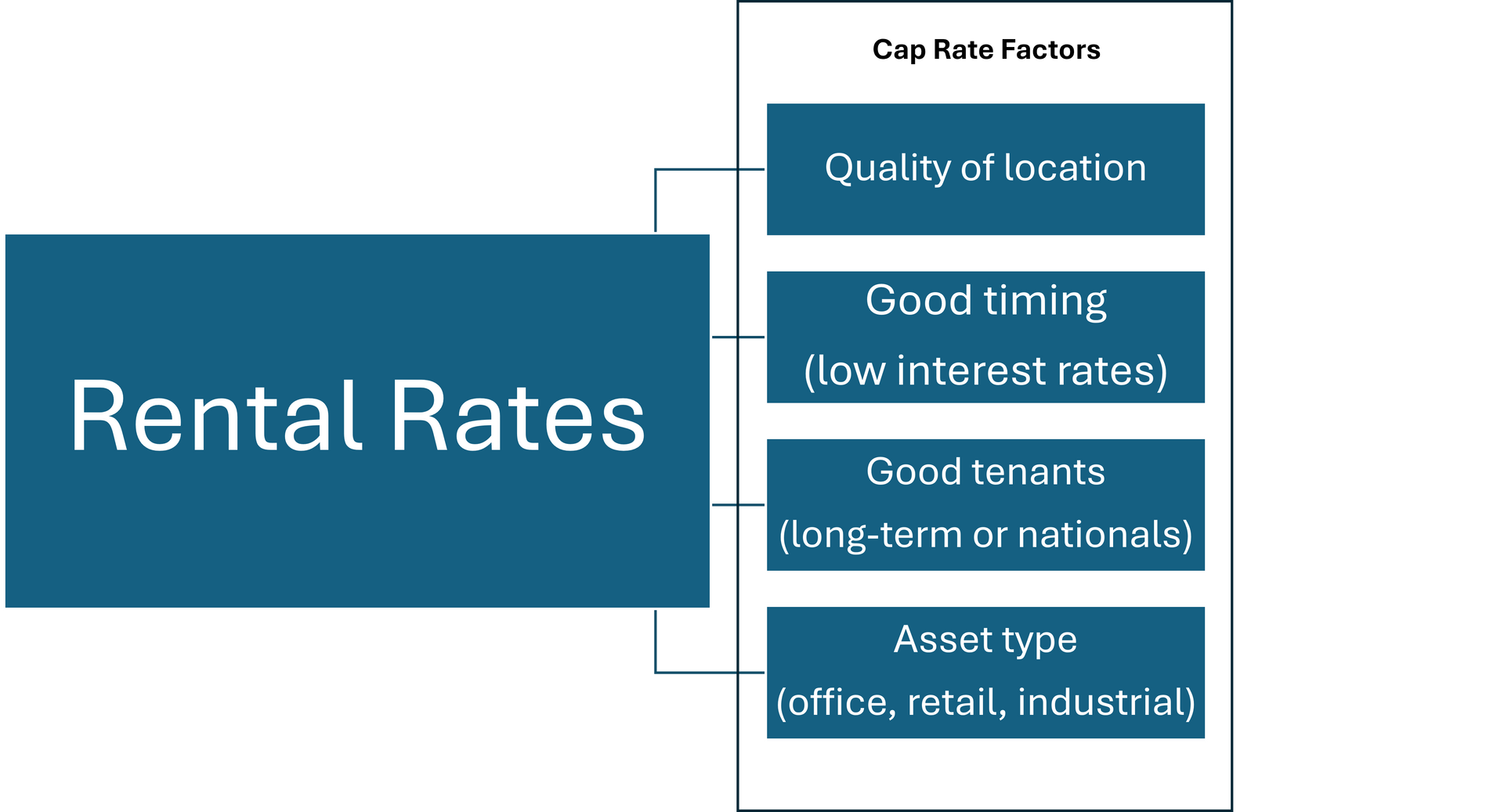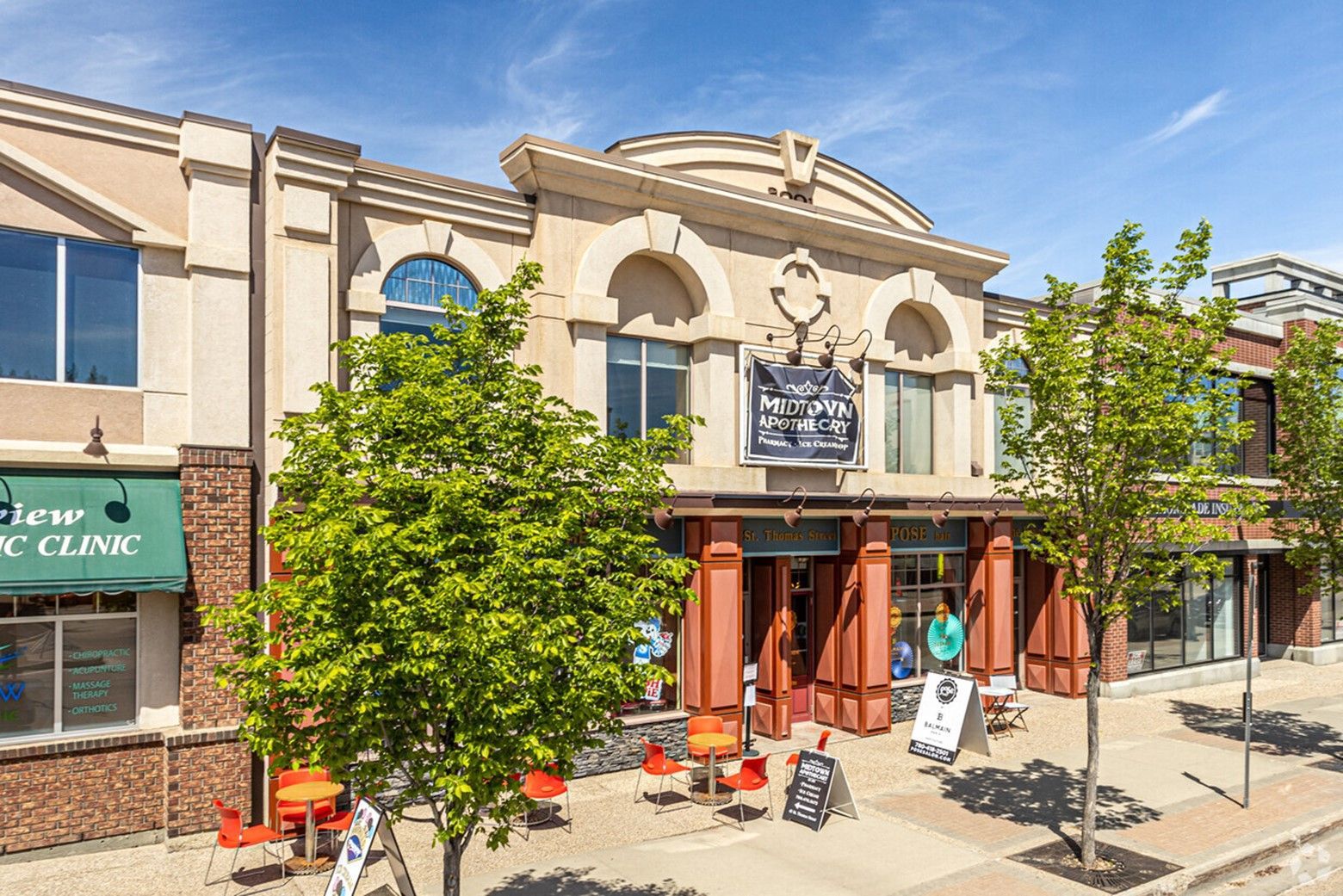The Edmonton Office Market
State of the market

In a recent interview, Kevin O'Leary stated that the office market environment, as he saw it, was irrevocably changing. People, more and more, want time with their families, time with their kids, their pets, and remote work allows them this flexibility while still providing workflow. What's more, if people are not being granted the flexibility they want from their employers, they're willing to quit their jobs.
Remote work not only requires employers to be more flexible with employees, but it may also erode corporate culture and thus make it easier for employees to leave their jobs.
I speak to many business owners, and their sentiment is that returning to the office is inevitable and that people want to return to the office. However, while held by the owners, this sentiment is not necessarily held by their employees, and many owners fail to recognize this fact.
The major questions are this,
1. Will this trend be a long-term shift in the office environment?
2. What short-term impact will this have on office leasing in the Edmonton market?
The only honest answer to the first question is that nobody knows if this change is here to stay. This may be a temporary shift, and there will be a return to the office based on the sheer economics of employee turnover and the cost of replacing personnel. The smart money says that this trend is permanent but may not be as extreme a change as the media made it out to be.
Additionally, there has been much speculation about the emergence of a "gig" economy, where employees are replaced by freelancers, hired for specific and highly specialized jobs based on their expertise. Advances in new technology which enable more supervision and efficiency across digital platforms are also pushing companies to a remote setting. The reality is that most of these innovations were needed before the pandemic and that the pandemic only accelerated inevitable changes that were, in fact,
necessary.
As an example of this, Slack was developed by Stewart Butterfield's team as a means of an in-office collaboration and production for a video game. Even thought the video game was a failure, it turned out that the collaboration software was a real gem. The software that served as the back for a video game evolved into a multi-billion dollar company.
Regarding the Edmonton real estate market, one fact that must be acknowledged before accurate analysis can take place is that Edmonton is a government town. Much of the downtown office space in the city is occupied by various levels of government, and even when these groups vacate their offices, they pay their bills. This creates a false impression of the market's overall health since much of the occupied space is, in fact, not utilized.
Another area that has picked up in the past 18 months has been flex office space, people sharing their excess space with individual users. This trend was well underway before the pandemic and has now reached a point of near saturation. This is so prevalent today that I new recommend tenants and buyers not to rely on it as a reliable source of income. If the new occupant has subtenants already arranged, that's a positive, but this is no longer a reliable model.
Deals
What kind of deals are being done in the city?
Right now, many downtown landlords are offering considerable incentives to be competitive with other buildings. Some are differentiated, and enjoy a prestigious status, and will fill their units at high rents. Most are in a race to the bottom and must compete on price, offering near-zero net effective rent (NER) deals in order to attract tenants, and doing everything in their power to preserve face rates.
It's hard to say what, in this market, is meaningful differentiation, but most of the time, this now refers to quality assets. It may also include high-end gyms, business centers, and common area boardrooms.
For the foreseeable future, Edmonton will remain a tenants market. There's no particular insight in this statement, but the question now is how much of a tenant's market is it? How far has the needle swung in the direction of a tenant's market?
As mentioned above, the NER is a good indicator of how aggressive the landlord must be to attract tenants. The higher the number, the more the market is in favor of the landlord. As the number approaches zero, the market is in favor of the tenant. A good real estate broker will tell you where your deal should be in a particular building to be in line with the market.
If you have a move coming up or would like to explore your options, please feel free to reach out to one of our team members to learn about your options.











